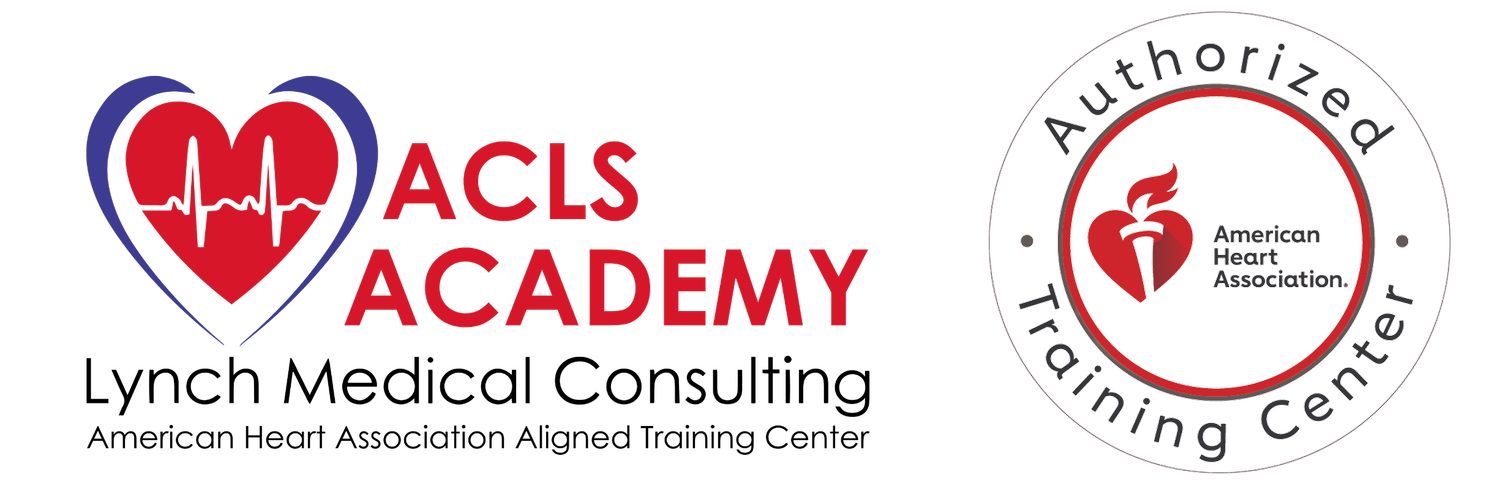When a person has a cardiac arrest, they need CPR (Cardiopulmonary Resuscitation) and the American Heart Association has guidelines for providing effective CPR – whether it is Basic Life Support (BLS) or Advanced Cardiac Life Support (ACLS). Part of the guidelines include effective team dynamics, emphasis on effective communication. So when there is a code because a person is in need of resuscitation, they recommend that the following things be in place for the code to be most successful.
Close Loop Communication
In closed-loop communication, the person receiving instruction or information repeats it back to make sure the message is understood correctly, and the sender confirms to “close the loop.” It does not require more time, and in fact, it is likely to save time.
Clear Messages
It is important that the person assigning a task or communicating (in the case of CPR, the team leader giving an order) do so in a clear and concise manner. The message should be distinct and calm, not rushed.
Clear Roles and Responsibilities
Before you start a resuscitation, always assign a “clear role” to each team member. As a team member, if you are given a role you are not competent enough at, you should let the team lead know and ask for another role. Do not take a new role by yourself.
Know Your Limitations and ask for Assistance Early
Team members including the team leader should ask for assistance or advice early before the situation gets out of hand. This will apply in any team environment. It is vital to know one’s limitations and then ask for assistance when needed. The AHA recommends this as an important part of teamwork in CPR.
Knowledge Sharing
The AHA teaches that – “team leaders should ask for ideas for a differential diagnosis…” as well as frequently seek observations from team members for possible oversight. Getting contributions from everyone in the team gives you the best chance of coming up with what the real problem is, so you can treat the cause of the problem and so help the patient. We can all learn from someone else’s knowledge and experiences.
Constructive Intervention
It is important, especially in a code situation, that if you see someone about to make an error or if you notice that the team leader gave an incorrect order or gave and order at the wrong time, then you say something. However, the delivery of this message is equally as important. The AHA says we must be tactful and professional at all times, especially when correcting a colleague you think is about to make a mistake.
Summarizing & Re-evaluation
At the end of the code (or soon after), when all the information is still fresh in mind, the AHA recommends that we step back and evaluate the process so the team members can learn. It is vital to look back and see what you did well and what you didn’t do well and can improve on.

